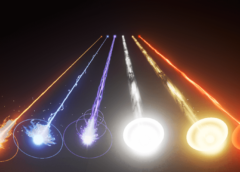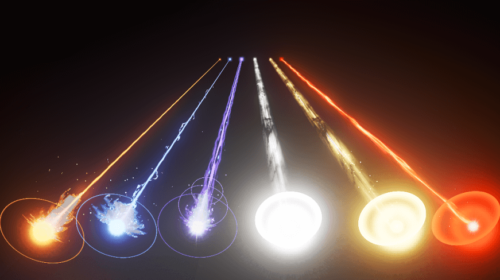Global Laser Cladding Market Research 2027
Laser Cladding Market Overview
Cladding is the process of improving the finish or surface of objects, parts, or items worn out through their extended usage. It makes the object more aesthetic and functional through refurbishment or revision by creating a new surface layer on the top of the base material.
Laser cladding includes a hard-facing process utilizing a high-powered laser beam to melt the coating material and a thin substrate layer forming a pore- and crack-free coating 50 mm–2 mm thick with low dilution perfectly bonded to the substrate.
Laser cladding provides little porosity that results in excellent long-term corrosion resistance. Additionally, it helps a thicker build-up in a single pass. Its overlapping passes combine to create a high-quality board and low metal dilution, ensuring minor post-process machining.
Furthermore, laser cladding provides the metallurgical bond at a lower temperature with small heat affected area of approximately 0.03” is common.

Some of the factors that drive the laser cladding market are the rising need for rapid manufacturing practices, the increasing popularity of fiber lasers in laser cladding application areas, and the growing adoption of laser cladding over traditional technologies. Meanwhile, the lack of skilled professionals is hampering the market.
The high cost associated with the capital equipment also creates challenges for market growth. However, the market provides ample opportunities for advancements in laser cladding techniques.
The global laser cladding market has been segmented based on type, revenue, material, industry vertical, and region.
By type, the global laser cladding market has been divided into diode laser, fiber laser, YAG laser, CO2 laser, and others.
By revenue, the global laser cladding market has been separated into laser revenue and system revenue.
Based on the material, the global laser cladding market is divided into cobalt-based, nickel-based, and iron-based alloys.
Oil & gas, mining, aerospace & defense, automotive, power generation, and others are sub-segments of the industry vertical segment in the global laser cladding market.
The global laser cladding market has been analyzed for five regions—North America, Europe, Asia-Pacific, the Middle East & Africa, and South America.
Regional Analysis
By region, the laser cladding market has been segmented into North America, Europe, Asia-Pacific, the Middle East & Africa, and South America. Europe is expected to report the highest CAGR mainly due to the rising adoption of laser cladding technology among automotive and semiconductor & electronics.
Furthermore, the Rest of Europe is expected to register the highest CAGR compared to the other country-level markets in the European region due to the increase in demand from automotive as well as mechanical engineering operations.
Key Players
The key players in the global laser cladding market are
Laserline GmbH (Germany), IPG Photonics Corporation (US), NUTECH Gesellschaft für Lasertechnik und Materialprüfung mbH (Germany), Höganäs AB (Sweden), OC Oerlikon Management AG (Switzerland),
Titanova, Inc. (US), YANMAR HOLDINGS CO., LTD (India), Hardchrome Engineering (Australia), LaserBond Ltd (Australia), Praxair S.T. Technology, Inc. (US), JENOPTIK AG (Germany), TRUMPF (Germany), Coherent, Inc. (US), LUMIBIRD (France), and Alabama Specialty Products, Inc. (US).

